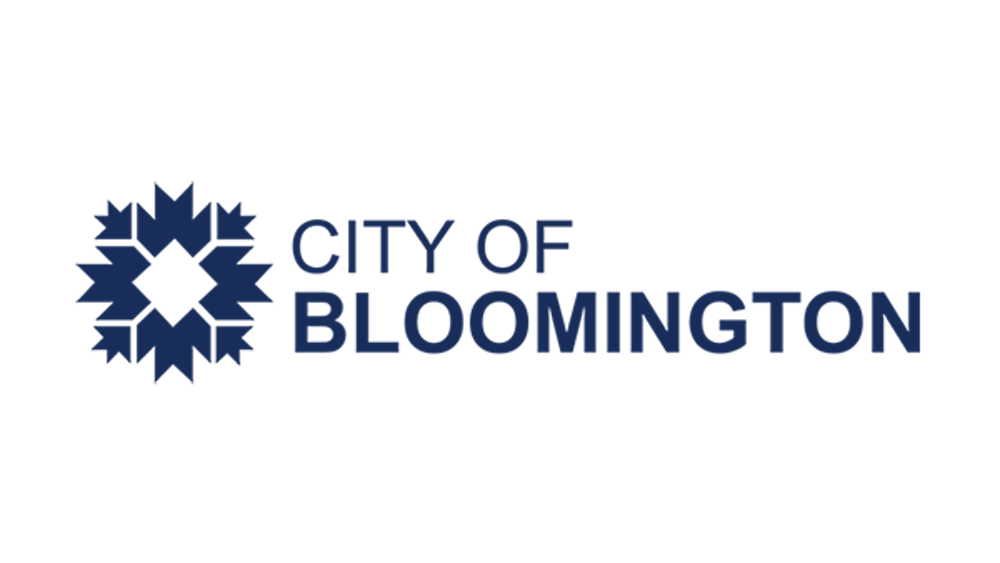Reducing crime is often a key aspect to maintaining a safe and civil community, but offenders are often thought to violate state or federal laws at the expense of the victims involved.\nBloomington's Community Justice and Mediation Center hosted a four-day Victim-Offender Reconciliation Program workshop Thursday through Sunday to educate and train community volunteers about the finer points of victim-offender conferencing. About 20 community members, from IU students and professors to local social service agents and justice advocates, attended at least 16 hours of VORP training to better understand possible court-mandated or community-initiated reconciliation processes to better facilitate both the victim and offender's journey toward healing.\n"As a society we often look at restitution as 'when you break a rule or law you are punished,' and then we increase the punishments to serve as a deterrent. We all want to prevent crime, but just being punitive afterwards doesn't address why the crime happened or address the needs of the victims," said workshop trainer Mark Yantzi of Community Justice Initiatives of Kitchener, Ontario. "When you cause harm you have a responsibility to make amends, not only in terms of punishment, but to victims that have historically been isolated and ignored by the justice system. VORP provides a setting where both offender restitution and victim healing can take place."\nVictim-offender conferencing can serve numerous community functions as a prevention and intervention tool for schools, youth groups, workplaces, faith communities and neighborhoods; a diversion from the judicial system to minimize tax-payer expense and reduce court workloads; a method of pre-trial or pre-adjudication; a condition of probation; an addition to prison or other court commitment; and a stipulation to parole as an addition to after-prison care and reentry into the community. Eight community members completed the necessary 32 hours of VORP training this weekend to join other volunteers at CJAM to serve community mediation needs in the form of "conducting" and "facilitating" victims and offenders toward personal and financial resolution and not "directing" or "deciding" the conditions of their healing process.\n"VORP puts less emphasis on punishing the person who causes harm and more emphasis on making things right for the victim," Yantzi said. "VORP does not provide a total alternative to the justice system but it is a program designed to find ways within the justice system to offer more support for victims and offenders to create a safer community."\nThe central focus of current justice system efforts is often ensuring the community that "offenders get what they deserve" because crime is often defined by violation of state or federal law, according to VORP literature distributed at the conferencing training. Even though crime is often more so a violation of people and relationships, criminal violations often result more so in personal obligations to the community at-large and "justice" often means both victims and offenders might search for solutions to better promote reparation, restoration, reintegration and healing -- as defined by the victim -- so the criminal conduct is not repeated and so the offender can work toward reform.\n"I think that what we currently do in the justice system doesn't necessarily hold people accountable because we put them in prison and they are not held accountable to the victims or the community," said workshop trainer Lorraine Stutzman Amstutz of the Mennonite Central Committee, who works for the Office on Crime and Justice in Akron, Pa.\nCrime victims are often impacted the most physically, emotionally, psychologically and financially, according to VORP literature. To experience true justice, crime victims often need compensation for losses, an opportunity for the expression of feelings and validation, empowerment, safety and answers to questions like "why did this happen to me?" and "why have I acted as I have since that time?"\nThe central focus of restorative justice is on victim needs and offender responsibility for the harm, according to VORP literature, and with the assistance of a trained VORP volunteer, victims have the opportunity to meet with their offender to discuss the crime, express their feelings, obtain answers and decide what needs to be done to restore their loss. CJAM provides a safe place for the victim-offender conference after first discussing the case in private with both parties to hear their needs and desires for a possible outcome.\nVictim-offender mediation can facilitate cases of criminal recklessness, minor assault or battery, leaving the scene of accidents, harassment or intimidation, criminal mischief or destruction of property, theft or burglary, breaking and entering or any other neighbor-to-neighbor conflict, including workplace or school problematic behavior. According to Monroe County Probation Department officials, VORP is often utilized for juvenile offenders as a means of court diversion and adults often receive mediation services as a condition of sentencing for only a handful of crimes.\nYantzi said Bloomington and Monroe County can join about 1,300 communities from about 70 countries around the world that have expanded VORP services to include both minor and major offenses from misdemeanors like vandalism to felonies like rape and murder. Known as "The Elmira Case," he mediated one of the first VORP cases in 1974 as he led two juvenile offenders door-to-door to discuss restitution with the 22 victims they had offended.\n"It's always exciting to see how what started as a tentative experiment in many ways has been picked up by so many communities and groups in North America and around the world," said Yantzi, who authored "Sexual Offending and Restoration" in 1998. "VORP has put roots in communities where victims and offenders can heal the harm that was done"
Mediated conflict, reformed communities
Conference training teaches resolution
Get stories like this in your inbox
Subscribe





